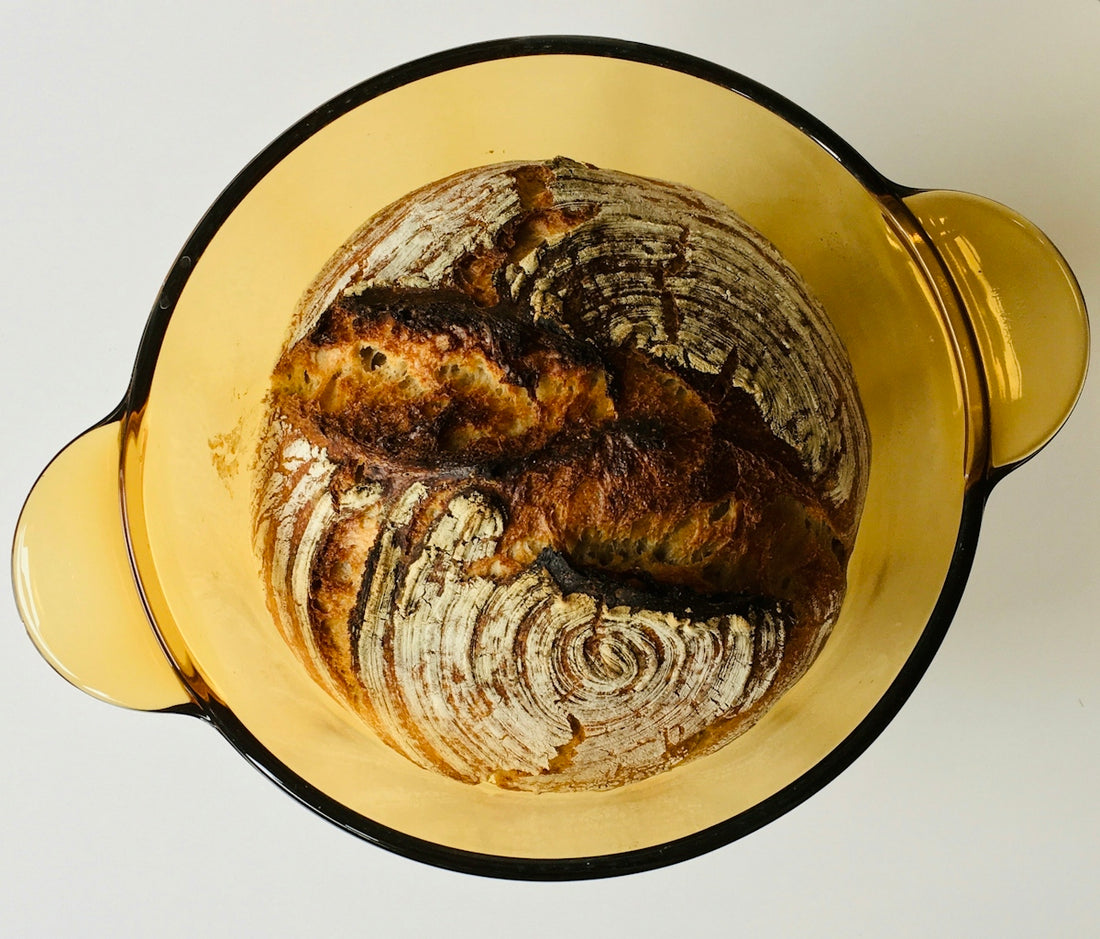
How to Successfully Store Sourdough Starter: Best Practices for Longevity
Sourdough baking is an art that has captivated the attention of artisan bread enthusiasts around the world. As you embark on your sourdough journey, understanding how to successfully store your sourdough starter for longevity is crucial. This article will offer sourdough baking tips and explore various best practices for storing your sourdough starter, ensuring that it remains healthy and active for years to come. Whether you're delving into homemade sourdough or experimenting with an Italian sourdough bread recipe, these insights will be valuable for your sourdough life.
Understanding the Sourdough Starter
What is a Sourdough Starter?
A sourdough starter is a live culture of flour and water that captures wild yeast and bacteria from your environment. This fermentation process is what gives sourdough bread its distinctive tangy flavor and chewy texture. Unlike commercial yeast, sourdough starter relies on wild yeast fermentation, contributing to a more unique and complex flavor profile in your homemade sourdough.
Benefits of Sourdough Fermentation
The benefits of sourdough fermentation go beyond taste. Sourdough is easier to digest and more nutritious compared to regular bread due to the fermentation process, which breaks down gluten and phytic acid. Sourdough is also lower on the glycemic index, making it a more suitable option for diabetics.
How to Store Sourdough Starter
At Room Temperature
If you bake frequently, keeping your sourdough starter at room temperature is the most convenient option. Store it in a clean, airtight jar and feed it daily to maintain its activity. Products like the Sourdough Starter Jar Kit - 2 Pack are perfect for this purpose as they come with a thermometer, cloth cover, and feeding band to keep your starter healthy and organized.
In the Refrigerator
For those not baking as often, storing your sourdough starter in the refrigerator reduces feeding frequency. Feed your starter every 1-2 weeks, allowing it to sit at room temperature for a few hours afterward to reactivate. The 1pc/2pcs-24Oz, Sourdough Starter Jar Bread Starter Kit offers everything you need for refrigerated storage.
Long-Term Storage
For long-term storage or periods of inactivity, drying your starter is a great option. Spread a thin layer of fed starter on parchment paper, let it dry completely, crumble it into pieces, and store it in an airtight container. When you're ready to bake, rehydrate it with equal parts water and flour.
Feeding and Maintenance
How to Feed Sourdough Starter
Feeding your sourdough starter involves discarding a portion of it and replenishing with equal parts flour and water. This process maintains the acidity and balances the bacterial and yeast populations. A consistent sourdough starter feeding schedule is essential for its longevity.
Sourdough Starter Troubleshooting
Issues with your sourdough starter can be common, especially for beginners. If your starter isn't bubbling or has an off smell, check the feeding schedule and adjust hydration levels. Remember, a healthy starter should double in size after feeding in a few hours.
Sourdough Baking Essentials
Tools for Sourdough Bread
Successful sourdough requires the right tools. The 1set Professional Baking Tools includes a pastry mat, scraper, and a slicing knife, essential for shaping and baking artisan bread. Banneton proofing baskets are invaluable for creating that perfect shape and texture.
How to Bake Sourdough Bread
Practice makes perfect when learning how to bake sourdough bread. Experiment with easy sourdough bread recipes and gradually progress towards more advanced techniques like crafting sourdough pizza dough or sourdough bagels. Be patient with your dough and follow sourdough starter vs yeast recipe adjustments carefully.
Scoring and Achieving a Crispy Crust
Mastering the best sourdough scoring techniques enhances the aesthetic and texture of your bread. Scoring allows steam to escape, resulting in a crispy sourdough crust. Practice various patterns to discover the ones you prefer.
Storing Finished Bread
Keeping Homemade Bread Fresh
Once you've perfected your baking process, it's important to keep homemade bread fresh. Using 2/3pcs Linen Bread Bags, Reusable Fabric Bread Containers will help maintain the crust's crispness while preventing the interior from drying out.
Conclusion
From maintaining a live culture to baking delectable bread, mastering the art of sourdough involves various techniques and tools. Whether you are an experienced baker or just starting, understanding how to store sourdough starter is vital for a successful baking journey. Explore these tips and products to enhance your sourdough experience and enjoy the rich flavors of artisan bread baking. For more sourdough tips and products, visit the Italian Sourdough website.
Embark on this delicious journey and discover the joys of crafting your own homemade sourdough. Allow the legacy of your sourdough starter to grow with each bake, knowing you are nurturing a tradition that is as rewarding as it is timeless.
